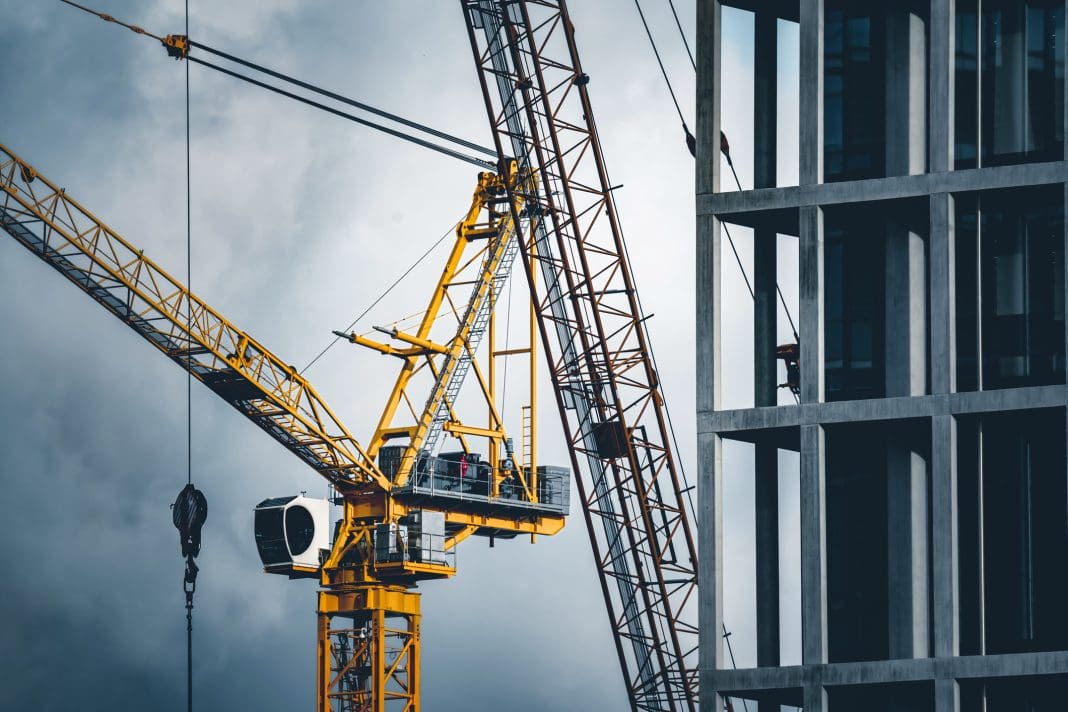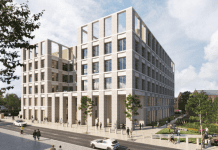September PMI data saw the sharpest decline in construction output since mid-2020, with a housebuilding slump, declining new orders and low expectations to blame
Construction output has decreased significantly, with total industry activity dropping for the first time in three months and doing so at the fastest pace since May 2020.
All three main segments of construction work posted a reduction in business activity, led by a steep and accelerated fall in house building.
Construction output registered 45.0 in September 2023
This figure was down sharply from 50.8 in August and below the neutral 50.0 value for the first time since June.
Residential work was the poorest performing area in September, falling at 38.1. Civil engineering activity was 45.7.
Pandemic aside, the fall in housing activity was the most severe since April 2009.
Survey respondents widely commented on cutbacks to house building projects amid rising borrowing costs and weak demand conditions.
New orders have declined as clients are wary of the economic outlook
Commercial building declined at only a modest pace in September (index at 47.7), but this represented a considerable setback after the solid growth seen throughout the summer.
Some firms noted that worries about the economic outlook had dampened client demand and led to a lack of new work to replace completed projects, especially in the residential sector
Total new business received by construction companies decreased for the third time in the past four months during September.
Correspondingly, purchasing activity decreased at a solid pace, reflecting quieter order books and efforts to reduce inventories.
In more promising news, supplier performance continued its robust rate of improvement, with delivery times for products and materials shortening for every of the past seven months.
Fewer orders means employment opportunities have contracted
Falling workloads have led to the fastest rise in sub-contractor availability since July 2009, whilst construction firms slowed the rate of job creation.
The overall rate of employment growth was modest, showing the weakest growth since June.
Cost burdens were broadly unchanged in September. This contrasted with strong input price inflation on average in the first half of 2023.
Survey respondents noted higher fuel bills and some rises in raw material prices, but this was offset by lower shipping costs and greater price competition among suppliers.
Business optimism is up- but confidence is down
Finally, the number of construction firms predicting a rise in output over the year ahead (41%) continued to exceed those forecasting a decline (17%). This was linked to long-term business expansion plans and hopes of a turnaround in customer demand.
However, the overall degree of confidence slipped to its lowest since December 2022 amid concerns about higher borrowing costs and weaker housing market conditions.
The industry must plan ahead as best as they can
Fraser Johns, finance director at Beard Construction said: “There’s no question many will be encouraged by the continued easing of inflation and the news of a hold on interest rates. However, we cannot escape the fact that there is still much volatility in the sector and in the wider economy. After months of propping up the industry, commercial construction has shown it’s not immune from macro pressures.
“For those contractors facing real pressure, now is the opportunity to take advantage of the breathing space offered by a drop in activity to get all their ducks in a row and evaluate where their efforts are best placed – particularly those with a focus on residential development.”

















